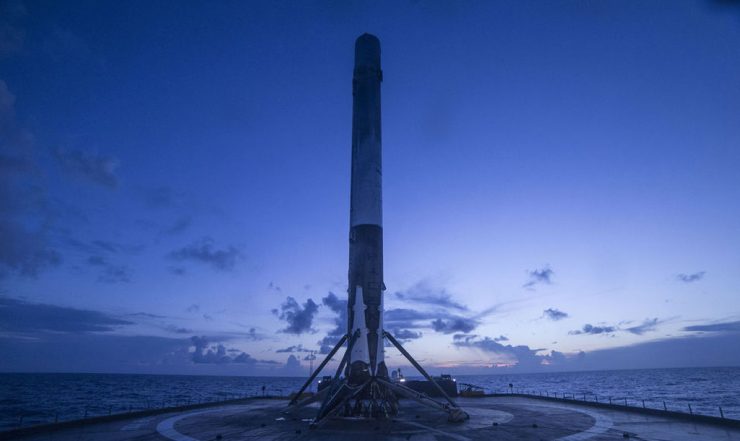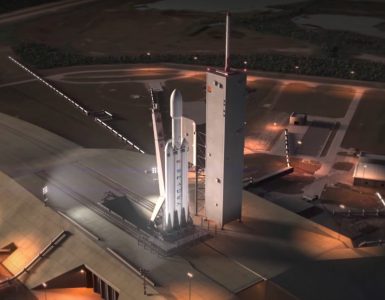Rockets take time to build, and they are very expensive too. But what if a rocket could be reused? It would certainly cut down the building time as well as cost. Though this has never been done before, SpaceX is attempting to do just that.
The launch from Capa Canaveral, Florida is scheduled for 2227 GMT. It will carry a 5.3-tonne communications satellite. This satellite was manufactured by Airbus and once in orbit it will deliver TV and telecom services to the Caribbean, Central and South America.
The SpaceX rocket Falcon 9 that will carry the satellite isn’t completely secondhand. The upper part of the rocket and the protective shell around the satellite are newly built, only the first stage or booster; i.e. the lower part of the rocket is pre-used. That portion of the rocket was used eleven months ago; it propelled a Dragon cargo ship that dropped off supplies to the space station. It then returned to earth and landed on a floating platform in the Atlantic Ocean. After conducting detailed tests and inspections, and it was declared fit for use again.
SpaceX has been considering reusing rocket parts for a while now. Each launch costs about $62 million, recycling would cut the cost by 30%. Not only that, time will be cut down as well. At the moment, customers who wish to send big telecom satellites into space often have to wait for months and years because availability of vehicles is quite limited. There are only about three companies that handle commercial satellite launches, so even minor setbacks can put the schedule back by months.
“This is not just an issue about money,” emphasized Martin Halliwell, the chief technical officer of SES, whose communications satellite will be carried during the upcoming launch. “Will re-usability lead to cheaper prices? I hope so, but for us it’s also about having a route to space,” he told BBC News.
“We’ve been waiting for six months now to fly SES-10, and that’s because there was no other alternative opportunity. If we can start getting the rocket companies looking toward re-usability and going down this path, we should have much more flexibility in being able to launch our various different missions.”
SpaceX has high hopes from this launch. It believes that a successful launch with recycled booster will finally pave a way to reuse rocket parts in a larger scale. They hope to fine tune the technology so that eventually the boosters would be used multiple times before they are retired.




















